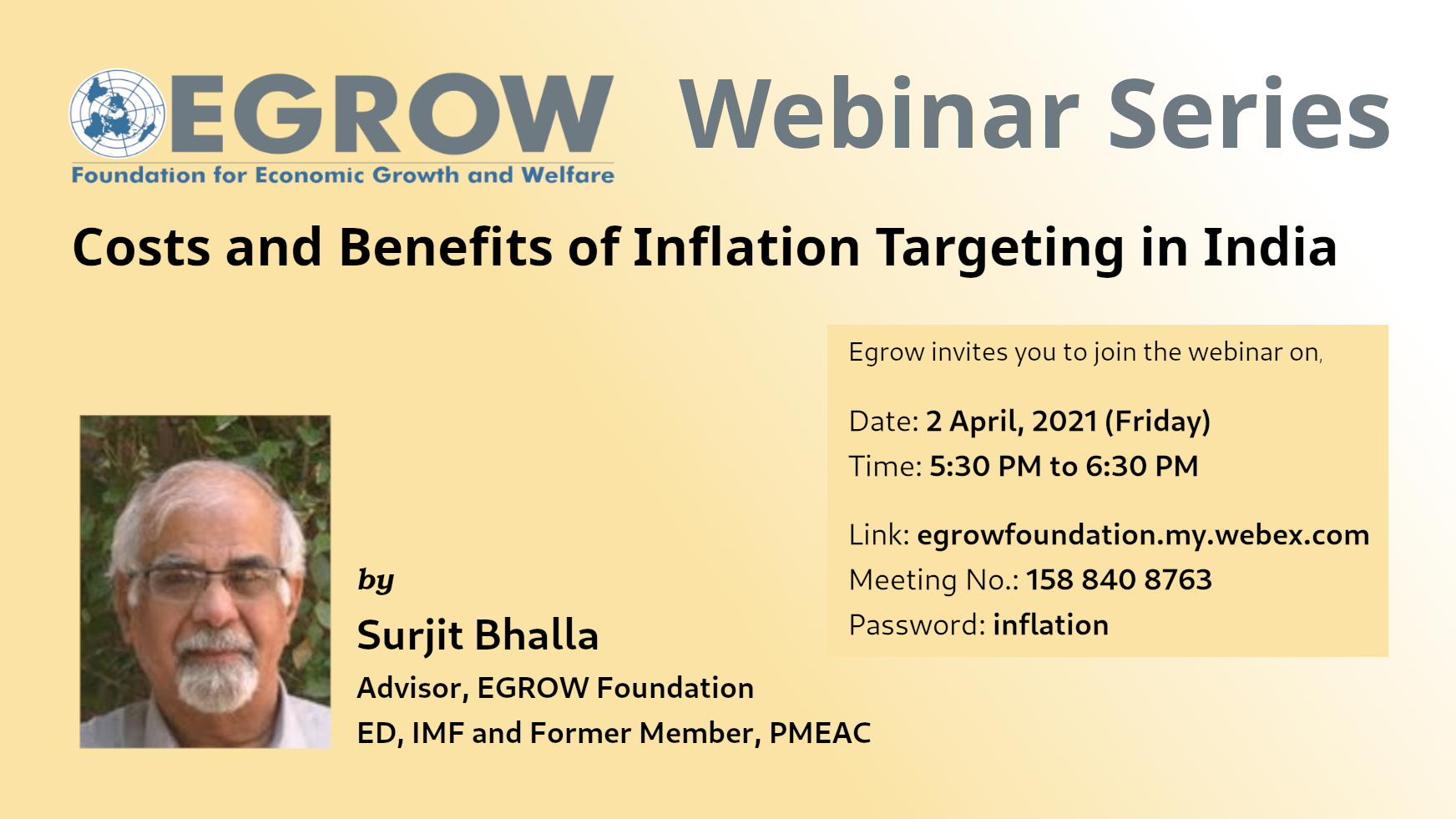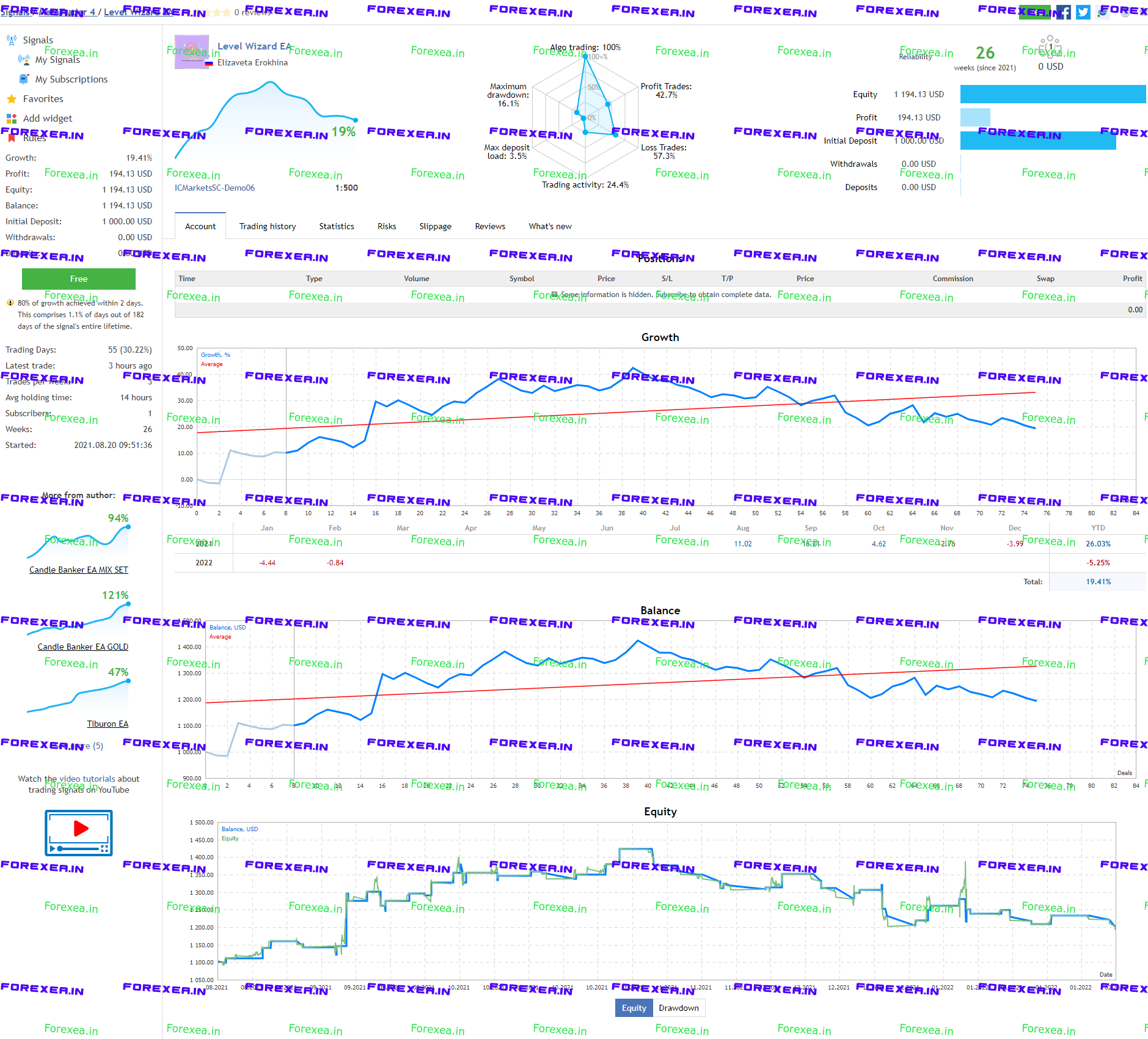In today’s dynamic global economy, governments face the formidable challenge of managing both inflation and foreign exchange rates. India, as one of the fastest-growing economies in the world, is no exception. The interplay between inflation targeting and forex intervention has become an increasingly crucial policy conundrum in India, with policymakers striving to navigate a complex landscape of macroeconomic variables. In this article, we delve deep into the relationship between inflation targeting and forex intervention in India, examining their goals, methodologies, and challenges. Understanding the complexities of this balancing act is pivotal for policymakers and market participants alike, as it can significantly impact investment decisions, economic growth, and the overall financial stability of the nation.

Image: www.elibrary.imf.org
Inflation Targeting: Taming the Beast of Rising Prices
Inflation, defined as the sustained increase in the general price level of goods and services over time, poses a significant threat to economic stability. It erodes the purchasing power of consumers, disrupts market confidence, and slows down economic growth. Recognizing the detrimental effects of inflation, the Reserve Bank of India (RBI) has adopted inflation targeting as its primary monetary policy framework.
Under inflation targeting, the RBI sets a specific numerical target for inflation, typically over the medium term, and designs monetary policy measures to achieve and maintain that target. The RBI uses a variety of tools to influence inflation, such as open market operations, bank rate adjustments, and changes in reserve requirements. By managing interest rates and liquidity in the economy, the RBI aims to steer inflation toward the desired target.
Forex Intervention: Managing the Value of the Rupee
Foreign exchange intervention refers to the active buying or selling of foreign currencies by the central bank in the foreign exchange market to influence the value of the domestic currency. In India, the RBI intervenes in the forex market through a variety of mechanisms, including spot interventions, forward contracts, and sterilized interventions.
The primary objective of forex intervention in India is to manage the excessive volatility of the rupee against other major currencies, particularly the US dollar. Excessive rupee depreciation can lead to import inflation, fueling domestic price pressures. Conversely, an overly strong rupee can hurt export competitiveness, impacting India’s trade balance. By intervening in the forex market, the RBI aims to stabilize the rupee’s value within a desired range, mitigating the risks of both excessive appreciation and depreciation.
The Delicate Balancing Act: Inflation Targeting vs. Forex Intervention
The relationship between inflation targeting and forex intervention is complex and multifaceted. While both policies aim to maintain macroeconomic stability, they sometimes find themselves at odds with each other. Forex intervention can potentially undermine inflation targeting efforts if it leads to excessive liquidity in the economy. Conversely, aggressive inflation targeting measures, such as sharp interest rate hikes, can result in currency appreciation, making exports less competitive.
To effectively navigate this balancing act, the RBI must meticulously calibrate its inflation targeting and forex intervention policies, taking into account both domestic and global economic conditions. Striking the right balance is essential to ensure price stability without compromising external competitiveness.

Image: egrowfoundation.org
The Indian Context: Challenges and Opportunities
In the Indian context, inflation targeting and forex intervention have been instrumental in managing economic growth and stability. However, the country faces unique challenges that require careful policy action. India’s high dependence on imported energy and raw materials makes it vulnerable to global price shocks, which can stoke inflationary pressures. Additionally, India’s large and growing population, combined with rising consumer demand, exerts upward pressure on prices.
Despite these challenges, India has also witnessed significant gains in foreign exchange reserves over the past decade. These reserves provide the RBI with greater flexibility to intervene in the forex market and manage the volatility of the rupee. Moreover, India’s robust economic growth and prudent fiscal policies have helped to create a favorable investment climate, attracting foreign capital inflows that further augment forex reserves.
Inflation Targeting And Forex Intervention In India Opinion
Conclusion: Navigating the Path Forward
Inflation targeting and forex intervention have emerged as crucial tools for India to manage its macroeconomic environment. The ability to tame inflation while maintaining external competitiveness is essential for sustainable economic growth and financial stability. However, the balancing act between these two policies requires careful navigation, with policymakers needing to consider both domestic and global factors. By adopting a measured approach, the RBI can continue to steer the Indian economy toward a future of stable prices, strong growth, and enduring financial prosperity.






